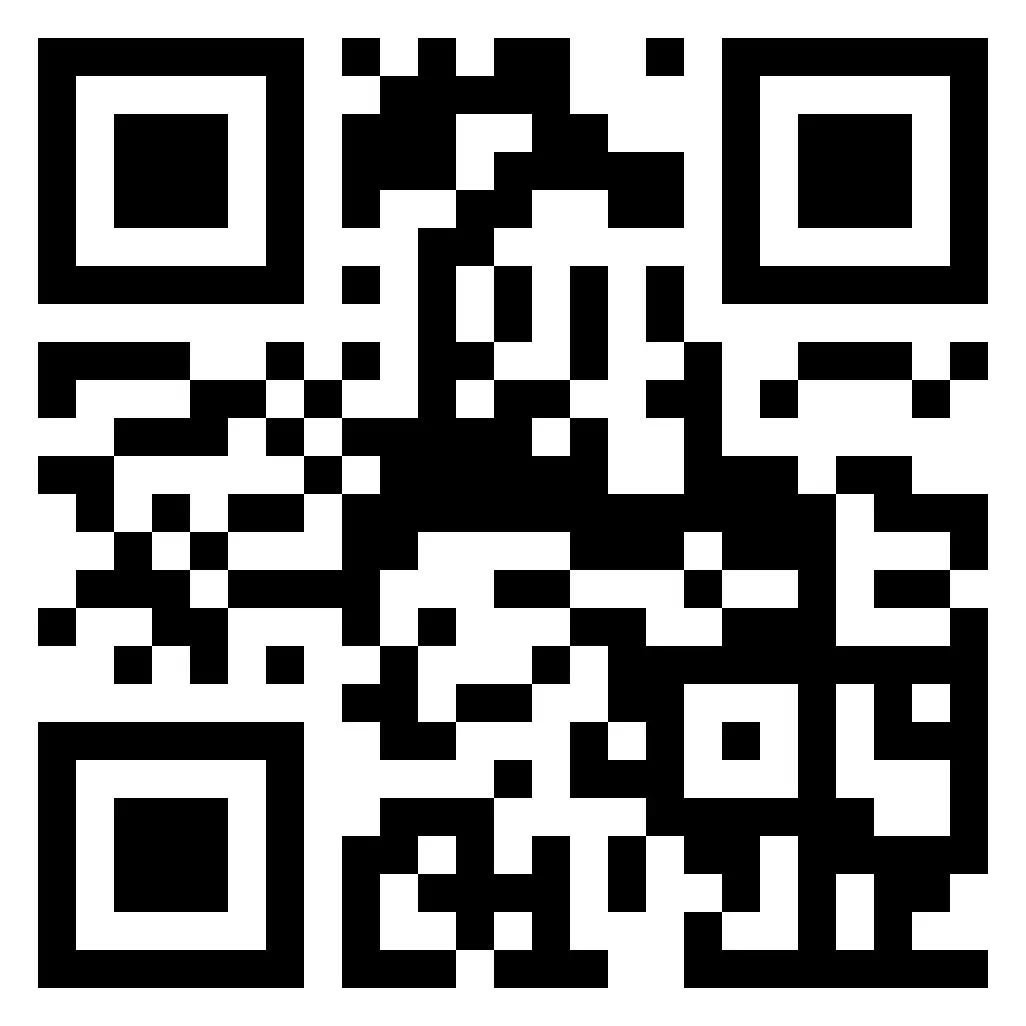How do QR codes work?
QR codes are a technology that desperately wants our attention. They appear everywhere from supermarket shelves and magazines to hiking trails and tombstones.
QR (Quick Response) code is the trademark name for the two dimensional barcode system. It was originally invented in 1994 by Denso Wave, a Toyota subsidiary, as a way to track vehicles as they were assembled, and to scan components at high speeds. While Denso Wave does hold the patent on the technology, it has granted free licence on it, going so far as to publish the spec online, and allowing anyone to use it.
The conventional one dimensional barcodes used on virtually every consumer product are mechanically scanned. That is, they’re read by physically bouncing a narrow beam of light onto the code, which can be interpreted using the pattern of light reflected off the white gaps between the lines.
A QR code works by encoding data in a certain way (a certain standard) so scanning software can interpret the results. For example, normal barcodes on products are considered 1D barcodes. The lines are different widths that correspond to numbers. Software interprets those line widths as numbers.
Same with the QR code; the location of each block is interpreted by the software and the combination of a bunch of blocks combine to represent certain characters. Combine the characters and you can get a URL for example.
If you add logic in the scanning software that opens a browser and goes to the link when the encoded data looks like a URL (with http://), you have added the functionality of translating printed material into digital material.
क्यूआर कोड कैसे काम करते हैं?
क्यूआर कोड एक ऐसी तकनीक है जो हमारा ध्यान आकर्षित करना चाहती है। वे सुपरमार्केट अलमारियों और पत्रिकाओं से लेकर लंबी पैदल यात्रा ट्रेल्स और मकबरे तक हर जगह दिखाई देते हैं।
क्यूआर (क्विक रिस्पांस) कोड दो आयामी बारकोड प्रणाली का ट्रेडमार्क नाम है। इसका आविष्कार मूल रूप से 1994 में टोयोटा की सहायक कंपनी डेन्सो वेव द्वारा किया गया था, जो वाहनों को इकट्ठा करते समय ट्रैक करने और उच्च गति पर घटकों को स्कैन करने के तरीके के रूप में किया गया था। जबकि डेन्सो वेव के पास प्रौद्योगिकी पर पेटेंट है, इसने इस पर मुफ्त लाइसेंस प्रदान किया है, यहां तक कि विशेष विवरण को ऑनलाइन प्रकाशित करने और किसी को भी इसका उपयोग करने की अनुमति दी है।
वस्तुतः प्रत्येक उपभोक्ता उत्पाद पर उपयोग किए जाने वाले पारंपरिक एक आयामी बारकोड यांत्रिक रूप से स्कैन किए जाते हैं। अर्थात्, उन्हें कोड पर प्रकाश की एक संकीर्ण किरण को भौतिक रूप से उछालकर पढ़ा जाता है, जिसकी व्याख्या रेखाओं के बीच सफेद अंतराल से परावर्तित प्रकाश के पैटर्न का उपयोग करके की जा सकती है।
एक क्यूआर कोड एक निश्चित तरीके (एक निश्चित मानक) में डेटा को एन्कोड करके काम करता है ताकि स्कैनिंग सॉफ़्टवेयर परिणामों की व्याख्या कर सके। उदाहरण के लिए, उत्पादों पर सामान्य बारकोड को 1डी बारकोड माना जाता है। रेखाएँ अलग-अलग चौड़ाई की होती हैं जो संख्याओं के अनुरूप होती हैं। सॉफ़्टवेयर उन पंक्ति की चौड़ाई को संख्याओं के रूप में व्याख्या करता है।
क्यूआर कोड के साथ भी ऐसा ही; प्रत्येक ब्लॉक के स्थान की व्याख्या सॉफ़्टवेयर द्वारा की जाती है और ब्लॉकों के एक समूह का संयोजन कुछ वर्णों का प्रतिनिधित्व करता है। उदाहरण के लिए, वर्णों को संयोजित करें और आप एक यूआरएल प्राप्त कर सकते हैं।
यदि आप स्कैनिंग सॉफ़्टवेयर में तर्क जोड़ते हैं जो ब्राउज़र खोलता है और लिंक पर जाता है जब एन्कोडेड डेटा एक यूआरएल (http:// के साथ) जैसा दिखता है, तो आपने मुद्रित सामग्री को डिजिटल सामग्री में अनुवाद करने की कार्यक्षमता जोड़ दी है।




